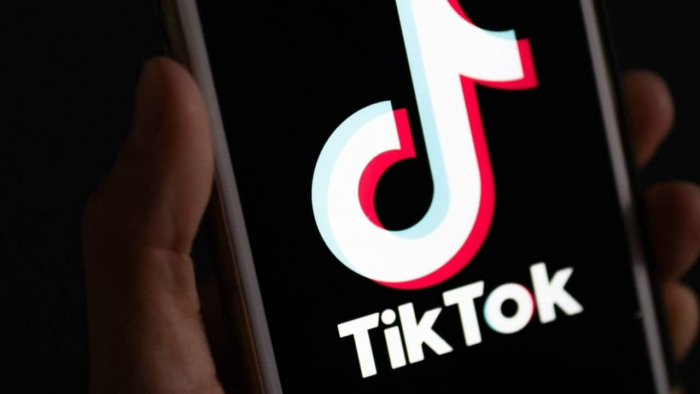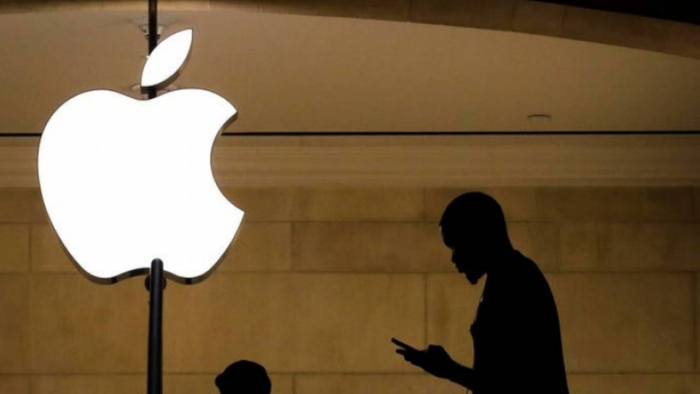The Internet fraud war has long been a high-risk, cat-and-mouse game. As quickly as businesses think they have sealed one loophole, one weakness, one hijacked identity, some enterprising scammer uncovers an alternate means of entry, a backdoor, or a stolen persona with which to slip through the cracks.
But this is where things get interesting in 2025: new tech at long last is flipping scripts, with wiser, faster, and more anticipatory ways of staying one step ahead. From AI to biometric tech to blockchain, the fraud warrior’s digital arsenal is changing at light speed, and scammers are starting to worry.
As Malcolm X would say, ‘The future belongs to those who prepare for it today.’ And when we say preparation, we mean studying up on the tech, stealthily redrafting how we secure our digital worlds. If you’re a startup deploying your first authentication pipeline or a bank processing transactions in billions, it’s a transition you can’t help but take notice of.

Identity verification has become wiser and keener
No longer can verification processes of a traditional sort (like requiring someone to enter a code received in a text message) do any good. Adroit fraudsters can spoof or intercept low-level checks with ease. So, what awaits us in the future? Layered, data-based, sometimes transparent-to-the-end-user.
Reverse phone search and real-time data enrichment
Among the most promising tools today is reverse phone lookup—a method that helps verify identities using only a phone number. It isn’t magic, just data. Publicly available information tied to a number can reveal meaningful context about the person on the other side of the screen.
- Is this number linked to a real, active user?
- Do the name and country match what’s expected?
- Has this number appeared in connection with risky behavior?
This isn’t about damage control after a breach. It’s about preventing weak points from being exploited in the first place. Reverse phone lookup is now part of the broader toolkit used by fraud prevention platforms like seon.io, enabling organizations to build richer user profiles in real time and respond to anomalies before they escalate.
Fraud detection today is less about reacting to red flags after the fact—and more about recognizing subtle inconsistencies as they emerge.
The fraud detection AI revolution
Once upon a time, fraud detection used to mean a lot of detective work. Personal reviews. Pattern matching. Gut feeling. AI is now the brain processing it sooner, better, with no need for coffee breaks.
Adapting machine learning
Artificial intelligence-based fraud systems can now handle millions of data points, such as user activity, device, payment history, and spot patterns human analysts might miss. That's where it gets really interesting: these systems learn constantly.
Each of those fraudulent transactions it identifies teaches it. Each of those true ones fine-tunes its accuracy. What's the end result? Systems are as good at detecting fraud as predicting it.
And since machine learning can sort through massive amounts of data in milliseconds, it’s a perfect fit for spaces such as online casinos, e-commerce payment processing, and high-volume banking sites. If anyone attempts a high-value payment using a device they’ve never used in a place they’ve never been in a particular country, the AI flags it.
Behavioral biometrics
Forget what you type because now AI can read how you type. Behavioral biometrics track user-specific behavior like typing velocity, mouse movement, and screen pressure on a phone.
These subtle traits can't be imitated with any level of precision, so it is a great way of distinguishing impostors. It is your digital fingerprint, only less obtrusive and virtually impossible to counterfeit.
Blockchain
Born in the crypto world, maybe, but blockchain's promise is far greater than Bitcoin. With its decentralized, immutable structure, it's a goldmine of fraud prevention, most especially in issues of identity and data integrity.
Immutable audit trails
With blockchain, whatever is done, be it signing in, changing account details, or transferring funds, is recorded in an immutable way. That is, no one (not even the admin of the system) can go back and change data without leaving any clues.
This is a massive step towards deterring insider threats, false chargebacks, and phony claims. In case of a dispute, there is an indisputable record of what did happen, when it happened, and who did it provided by the blockchain.
Self-sovereign identities
Blockchain-based SSIs allow individuals to be in control of their identity credentials. Rather than storing personal data in insecure centralised servers, individuals exchange cryptographic proofs verified on-chain.
For businesses, this reduces data storage exposures, together with, incidentally, opportunities for attackers to raid honeypots.
The birth of zero trust security
‘Never trust, always verify.’ That’s the mantra behind Zero Trust Architecture (ZTA), which is a framework that assumes every access request is questionable until it can be verified as secure. No perimeter-based security. No blanket trust in internal users.
Micro-segmentation and access controls
ZTA divides systems into small chunks and applies certain access rules to each one of them. In this way, in case one such piece is broken, there will be others.
Let’s say an ill-intentioned entity gains entry into a server. In a traditional network, they might roam freely. In a Zero Trust network, they’d be confronted with wall after wall—each demanding fresh proof, fresh context, and fresh authentication of identity.
This multi-layer method is especially effective with SaaS applications, dispersed teams, and hybrid cloud environments where the traditional “castle and moat” model falls short. Solutions like Tailscale, which emphasize identity-aware networking and device-level access control, reflect how Zero Trust principles are increasingly being embedded into everyday infrastructure decisions—without compromising speed or usability.
Deepfakes, synthetic Identities, and the next-level threats
As tools in fraud warfare grow in complexity, fraudsters grow with them. In 2025, it will no longer be mere pilfered IDs, but entirely manufactured identities, built with AI and nearly unrecognizable using outdated measures.
The deepfake challenge
An ID is verified with a selfie submitted by a user. It is human in appearance. It speaks. It winks. But it is fake. With deepfake tech, it is now possible to create realistic videos of imaginary individuals, fooling systems based on sight verification.
To counter this, businesses employ liveness detection–computer programs designed to test whether a face is real through the study of reflections, depth sensing, as well as micro-expressions. If someone blinks in a repeated cycle, the software detects it’s not quite right.
Synthetic ID fraud
Synthetic identities combine real and phony information, like a real Social Security number with an alias. These ‘Frankenstein’ profiles will pass most automated vetting procedures and can build credit reports.
These new tools look for anomalies between datasets, say an IP address that doesn't jibe with a time zone or a device fingerprint showing up under multiple names. It’s connecting the dots.
Fraud prevention as a growth enabler
Defining fraud prevention as playing defense, like filling in gaps, thwarting bad actors, and avoiding fines, is half correct. You need to be safe and secure as well. Here is a new way of thinking: superior fraud prevention grows businesses.
How can you do this? Here are some tips:
- Fewer False Positives: Smart fraud tools reduce the rate of genuine users being flagged incorrectly, improving customer experience.
- Faster Onboarding: You no longer have days of manual verification in order to authenticate a new user with real-time verification tools.
- More Trust: If customers feel more secure, they will make transactions, exchange information, and return more.
Fraud tools aren't just PC security sentinels. They're your latency-reversers and business accelerators you never knew you needed.
Why no one can do this alone
With all this tech, no company can operate in a vacuum. Fraudsters share information, build groups, and even offer ‘Fraud-as-a-Service.’ Defenders must cooperate with equal vigor.
Fraud data sharing network
Banks, financial institutions, and e-commerce platforms are increasingly coming together in networks to exchange anonymized data on fraud patterns, attack points, and behavior of users. If fraud is detected at one site, others can take preventive action.
This shared intelligence allows for faster threat discovery and thoroughly discourages ill actors from repeating their tricks across platforms.

What the future may bring
So, what's next? As the coming years have demonstrated, we're entering an age of prevention that is unseen, sophisticated, and converged. Imagine a world in which:
- Your bank authenticates you through how you're holding your phone.
- The fraud-detection models will retrain every day.
- The synthetic identity won’t last beyond one checkpoint since everything is verified in real time.
Better yet, we will have a world in which fraud prevention is not an afterthought–a bolt-on–but ingrained in every platform, every workflow, and every customer experience at day one.
Yes, there will be a cat-and-mouse game. But this time, the cat has lasers.
Post Comment
Be the first to post comment!





